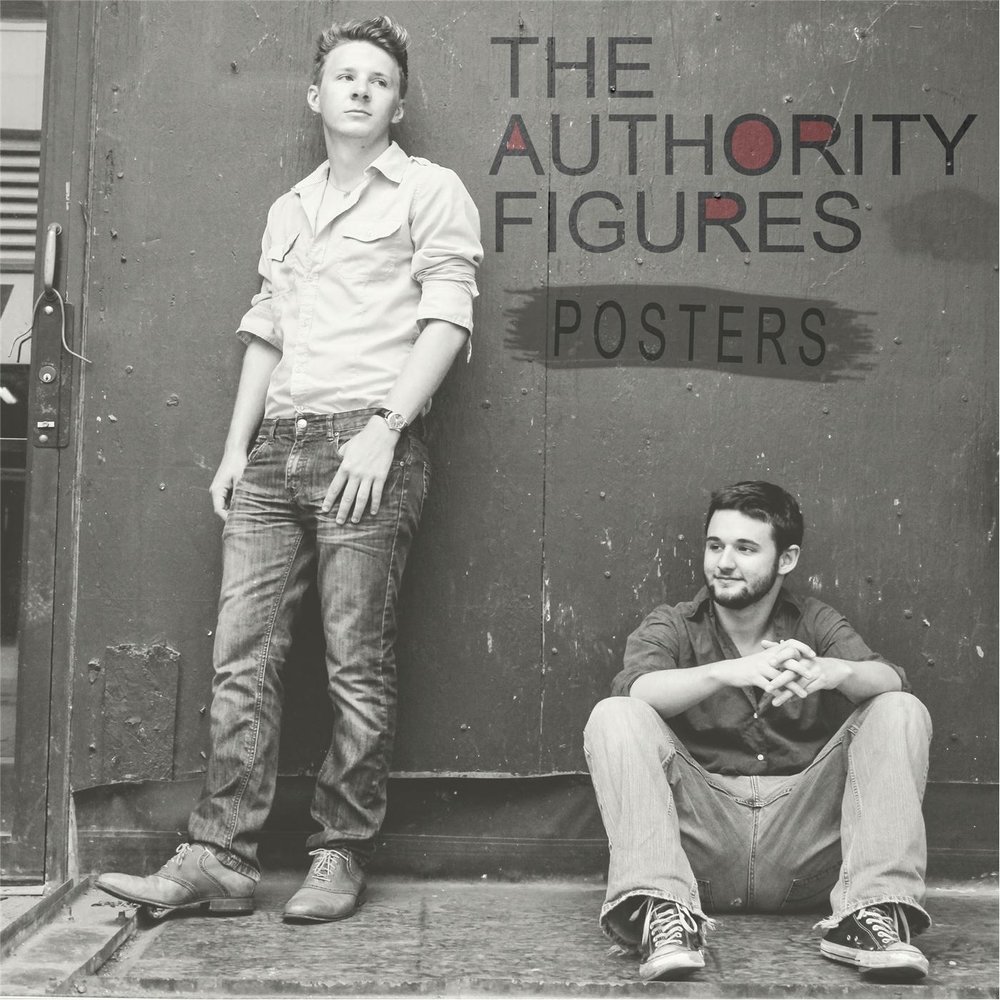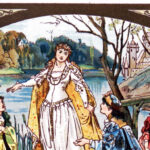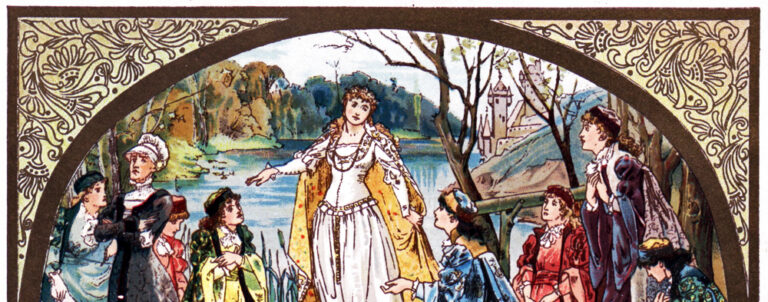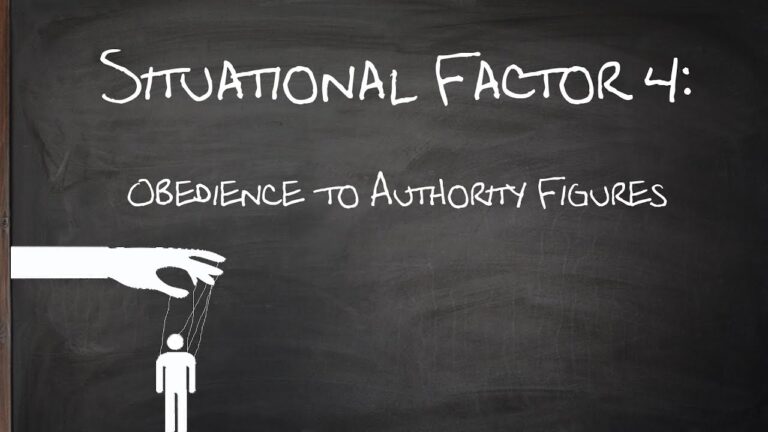From bumbling police to pompous judges, G&S used comedic authority figures to question real ones.
The Comedic Police
Their authority figures reveal the absurdity of unearned power and privilege.
In operas like The Pirates of Penzance, the character of the bumbling police officer, Constable, serves as a perfect example of how G&S portrayed authority figures. Instead of instilling confidence, he evokes laughter with his incompetence. This portrayal invites the audience to reflect on the effectiveness of law enforcement and the absurdity of blind trust in authority.

The Pompous Judge
Similarly, in Trial by Jury, the judge is depicted as a self-important figure more concerned with his own status than with justice. His exaggerated pomp and circumstance highlight the flaws in the judicial system, prompting audiences to question the integrity of those who wield power.
Satire of Social Hierarchies
G&S operas often feature characters from various social strata, showcasing the absurdities of class distinctions. The interactions between the upper class and the lower class reveal the ridiculousness of societal norms. For instance, in The Mikado, the character of Ko-Ko, a lowly tailor who becomes the Lord High Executioner, satirizes the arbitrary nature of authority and the absurdity of social mobility.

Humor as a Tool for Critique
The humor in G&S operas serves a dual purpose: it entertains while simultaneously provoking thought. By using buffoonery to depict authority figures, they encourage audiences to question the legitimacy and competence of those in power. This technique resonates with contemporary audiences, as many still grapple with the absurdities of modern institutions.











